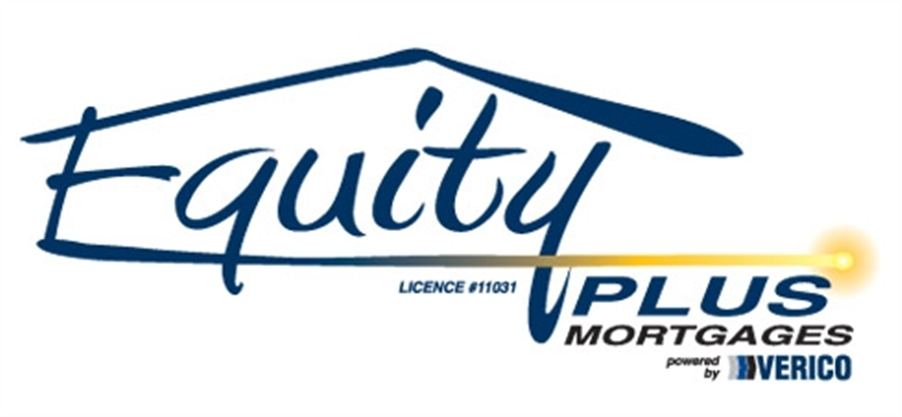TD: Weather Disasters and the Insurance Market in Canada: An Emerging Crisis?
Canada has experienced around 300 catastrophic weather events since 1983, with both the frequency and cost of these disasters rising significantly in recent years.
Over 60% of total insured losses caused by weather disasters between 2008 and 2024 stemmed from damage to personal property.
Average insured personal property losses have nearly doubled in the past five years compared to previous years, putting significant pressure on Canadas home insurance sector for both insurers and households faced with rising home insurance rates.
The increase in home insurance costs was generally higher in areas that have experienced greater insured damages from weather disasters. As well, some highly-impacted areas also face rising deductibles or reduced coverage for certain perils like hail or floods.
Fiscally-constrained governments are also rethinking the level of financial assistance provided through disaster recovery programs to support communities recovering from uninsurable losses as costs of weather disasters rise.
Canada has had over 300 catastrophic weather events since 1983. These are currently defined as weather disasters that cause at least $30 million in insured losses, though lower thresholds were used prior to 2022. The average number of annual catastrophic events has increased over time as have insured losses associated with these events. Insured losses vary by province with Alberta accounting for the largest share of total insured losses between 1983 and 2024, followed by Ontario and Quebec. The three provinces are the only ones that have been hit by billion-dollar-plus catastrophic events so far, with Alberta alone having had five as of 2024.
More than 60% of insured losses from 2008 to 2024 were due to damage to personal property. In addition, the costs have increased substantially in recent years with insured damages to personal property during 2020-2024 being almost twice their level in the previous decade. Moreover, the insurance industry in Canada incurred underwriting losses in the personal property line of business in 2023 and 2024 as insured damages and operational expenses exceeded revenue earned from premiums.
These changes have contributed to rising home insurance premiums, especially in areas hardest hit by severe weather, with Alberta being the most notable example of the variation in insurance cost increases between more and less vulnerable areas. Additionally, high-risk areas face other adjustments to home insurance policies including higher deductibles for example, for hail coverage in areas that have experienced substantial damage from hailstorms. In worst case situations, insurance coverage is simply not available for certain perils such as overland flooding in areas of the country deemed most at risk of flooding. Meanwhile, as households that are most vulnerable to severe weather are feeling the squeeze from the private insurance market, government disaster recovery programs, which have historically acted as an insurer of last resort, are also beginning to restrict the level of support provided to impacted communities as these programs are also contending with rising costs of extreme weather.
https://economics.td.com/ca-extreme-weather-and-insurance
Scotiabank: Canada Housing Market: Market conditions tightened in october, but house prices are still facing headwinds
After a decline in September, housing sales in October were back on their upward trend that started last April. This sales performance and a decline in new listings contributed to tighten the sales-to-new listings ratio in October. Also, during that month, the national MLS House Price Index posted its first monthly risealbeit modestsince November 2024.
Unit sales rose nationally by 0.9% (sa figures) from September to October, partially offsetting the -1.6% decline from August to September. Sales are back on the upward trend they have been exhibiting since their most recent trough in March of this year when economic uncertainty was rising with trade tensions. From the same month in 2024, sales declined -4.3% (nsa) in October. National new listings posted a -1.4% (sa) monthly decline in October, the second in a row with a -0.8% decline in the previous month. Despite these monthly declines, new listings have been generally trending up in 2025, and in October were higher by 4.3% (nsa) than in the same month in 2024.
With the monthly rise in national (unit) sales and the decline in new listings, the sales-to-new listings ratio tightened (rose) by 1.2 percentage point in October to 52.2% (sa), still in the lower half of the estimated balanced conditions range for this indicator. The other indicator of market tightness we trackmonths of inventorywas at 4.4 nationally in October (sa figures), mostly stable at that level since July of this year, and below its 5.2 long-term (pre-pandemic) average. As in previous months, this market-tightness indicator was below its long-term average in most provinces, except in British Columbia and Ontario at 0.9 months above this average for both.
For the first time since November 2024, the national MLS House Price Index (MLS HPI) posted a monthly rise in October, but relatively modest at +0.2% (sa). This price index declined -3.0% (nsa) from the same month last year and, from sa figures, is now 26.7% above its December 2019 level but nearly 18% below its February 2022 historical peak.
From September to October 2025, sales increased in 18 of the 30 reported local markets we monitor while the sales-to-new listings ratio tightened (increased) in 17 of these markets. But as for Canada, this latter indicator of market conditions cooled in 22 of these markets.
https://www.scotiabank.com/ca/en/about/economics/economics-publications/post.other-publications.housing.housing-news-flash.november-17--2025.html
NBC Housing Market Monitor: Home sales increased in October
Canadian home resales increased by 0.9% from September to October, the sixth increase in the last seven months. Despite the recovery in previous months, sales were still 7.5% below their most recent peak in November 2024.
On the supply side, new listings declined 1.4% from September to October, a second consecutive decline.
Active listings increased by 0.9% in October, following a contraction in the prior month as cancelled listings have recently moderated.
Market conditions remained unchanged during the month and continued to indicate a balanced market compared to the historical average. Still, this largely reflects soft conditions in Ontario and B.C., while markets in all other provinces continue to favour sellers.
Housing starts fell 16.6% in October to a seven-month low of 232.8K (seasonally adjusted and annualized). The loss was concentrated in Ontario, where starts plunged 51.8% in the month, largely because of a 61.7% decline in Toronto. Vancouver also saw a decrease (-16.9% to 19.4K), while Calgary (+37.9% to 36.1K) and Montreal (+8.7% to a 16-month high of 33.6K) posted gains.
The TeranetNational Bank Composite National House Price IndexTM rose 0.4% from September to October after seasonal adjustment, marking a third consecutive increase for this indicator. Eight of the 11 CMAs included in the index saw increases, led by Quebec City (+2.5%), Winnipeg (+1.7%), Ottawa-Gatineau (+1.4%) and Victoria (+0.6%). From October 2024 to October 2025, the composite index fell by 2.6%, on decreases in Toronto (-7.2%), Vancouver (-4.5%) and Hamilton (-4.0%). These declines were partially offset by gains in Quebec City (+15.7%), Winnipeg (+5.4%) and Edmonton (+5.3%)
https://www.nbc.ca/content/dam/bnc/taux-analyses/analyse-eco/logement/economic-news-resale-market.pdf































